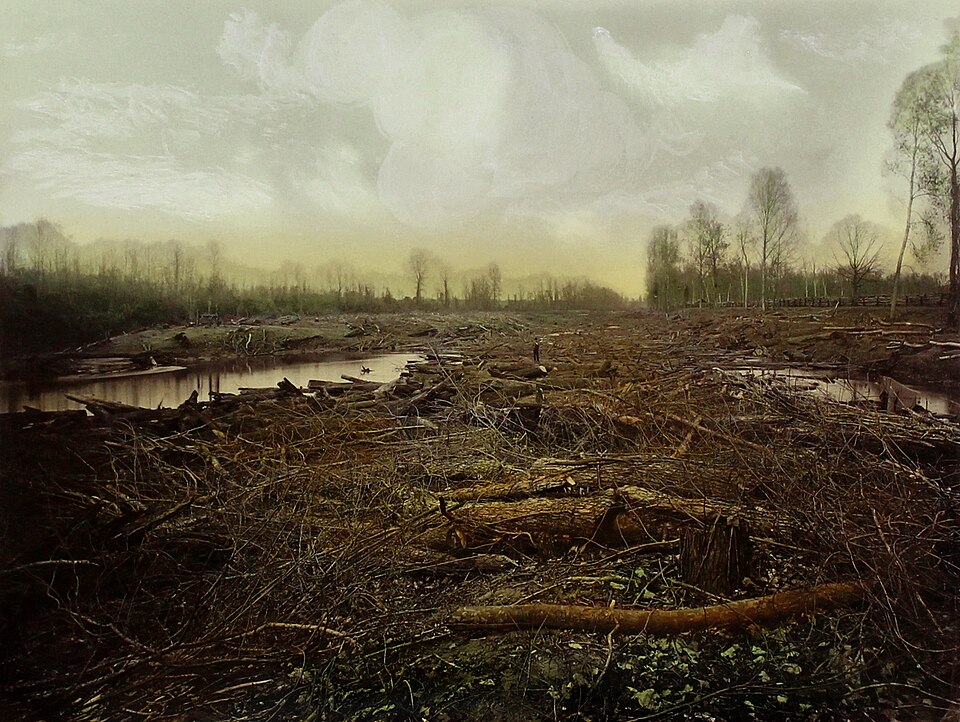
For more than half a millennium, between the 12th century and the 19th, an enormous log jam clogged the Red River in the Southern United States. By the early 1830s, it stretched more than 160 miles, with new logs and vegetation accreting at its upper end while older material decayed and washed out at the lower.
By the start of the 19th century the mass was blocking settlement in the area west of Shreveport, so the U.S. Army Corps of Engineers hired steamboat entrepreneur Henry Miller Shreve, who spent nine years clearing a navigable path using specially designed “snag boats.”
A grateful public named the city of Shreveport after him, but a second raft soon began to form upstream, extending eventually as far as the Arkansas state line. That would have to be removed as well.
(Thanks, Kevin.)
